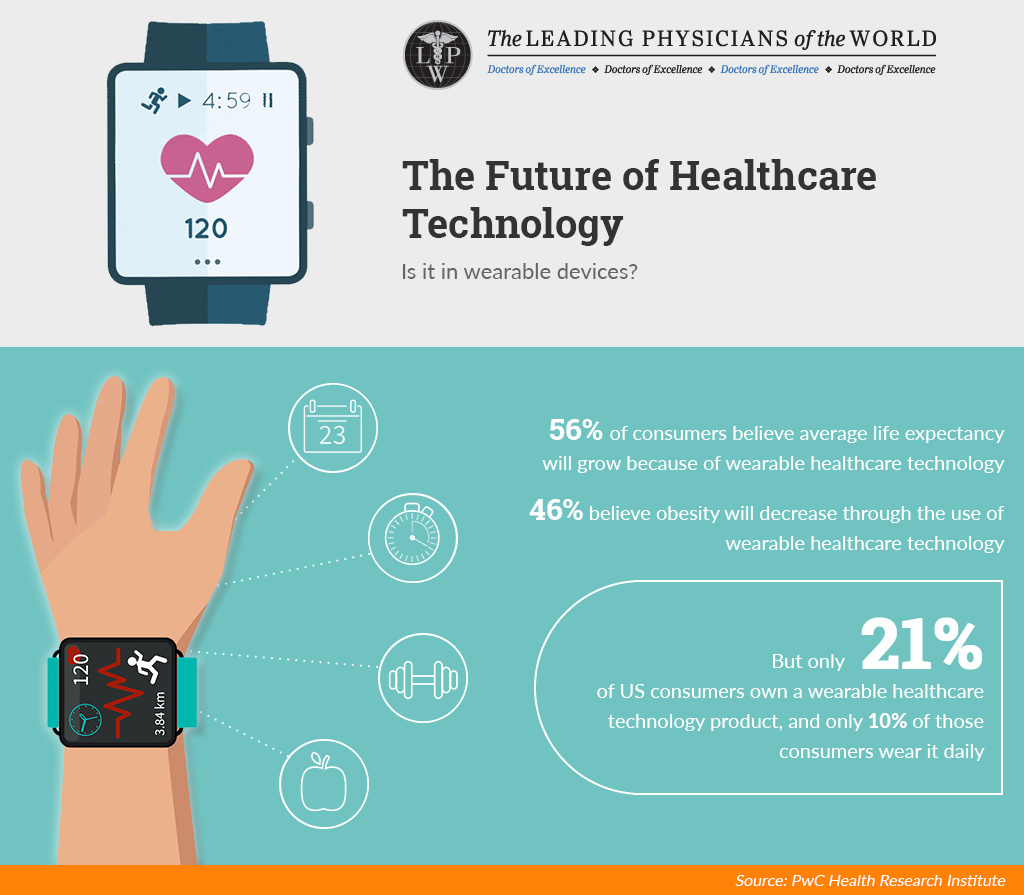Infographic: Healthcare Predictions

Healthcare policy has long been a moving target, but it’s hard to remember a time when more change was cycling through the industry. Now, more than half a decade since the passing of the Affordable Care Act (ACA), the focus has shifted from expanding access to health insurance to reforming the delivery of healthcare. In particular, policymakers have embarked on a series of experiments and initiatives to transition from the traditional fee-for-service (FFS) system to a payment-for-value delivery system, with key attention to cost containment and quality improvement. We are in the first generation of pursuing approaches better than FFS, and expect the industry’s shift toward value-based care (VBC) to accelerate and continue to impact providers, patients, vendors, and payers in different ways. Here are the most important healthcare predictions for the future. 1. Technology will be increasingly important It’s not really news to say that healthca...



